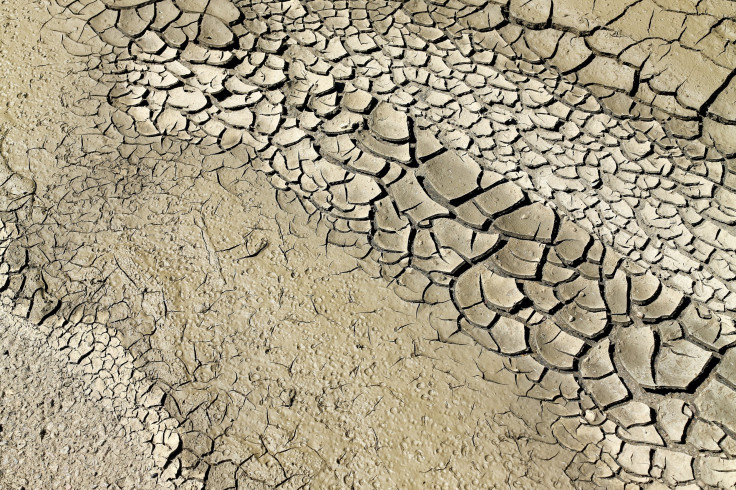California Drought Eases But Extreme Conditions Remain In Parts Of The State, The Southeast And Connecticut

The U.S. Drought Monitor reported drought conditions in California have been removed in about a quarter of the state thanks to heavy rains in the North.
“Extreme” and “exceptional” drought remains in parts of Alabama, Georgia, Mississippi, Tennessee and South Carolina as well as Connecticut.
The Los Angeles Times said it was the best drought picture painted since the spring of 2013 when 64 percent of the state had moderate drought or worse.
Much of central and Southern California still are plagued by exceptional or extreme drought, amounting to 43 percent of the state.
Dry conditions and above average temperatures worsened conditions in the southeastern United States while rains along the New England coast and the Pacific Northwest provided relief.
Temperatures averaged 12 degrees above normal in the Southeast, further drying vegetation and soil. Extreme drought expanded in the north-central and northeastern parts of Georgia.
The dry conditions have left parts of Alabama prone to wildfires. WHNT, Huntsville, reported 300 acres burned during the weekend in the Martha’s Falls and Little River Canyon area during the weekend. Fire crews battled a 100-acre fire near Leeds Wednesday. More than 73 percent of Alabama is suffering from severe to exceptional drought.
Rainfall was virtually absent in the South, resulting in the expansion of extreme drought in parts of Mississippi and abnormal dryness in Texas.
Above-normal rainfall in the Northeast eased conditions, eliminating short-term drought in southern Maine, southern New Hampshire and eastern Massachusetts. Extreme drought remained in Connecticut.
“We need about 10 inches of rain to get us into more of a normal mode of operation,” Aquarion Water Co. spokesman Peter Fazekas told the Connecticut Post.
The National Weather Service predicted continued dryness across the dought-impacted areas of Alabama and Georgia as well as the southern half of California.
Accuweather.com reported a northward bulge of the jet stream is responsible for the warmth.
"The abnormal warmth contributes to more moisture evaporating out of the soil. When the moisture does not get replenished, it's like a vicious cycle," AccuWeather Meteorologist Mike Doll said.
© Copyright IBTimes 2025. All rights reserved.





















